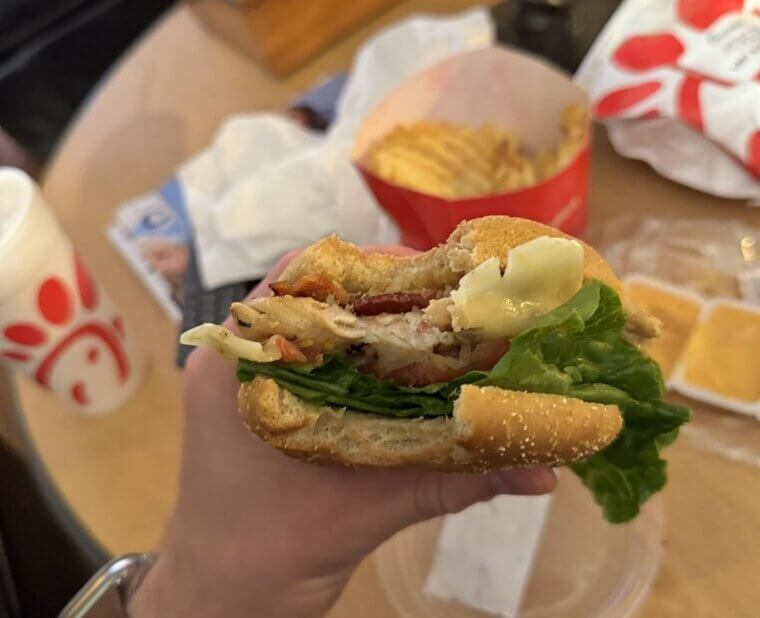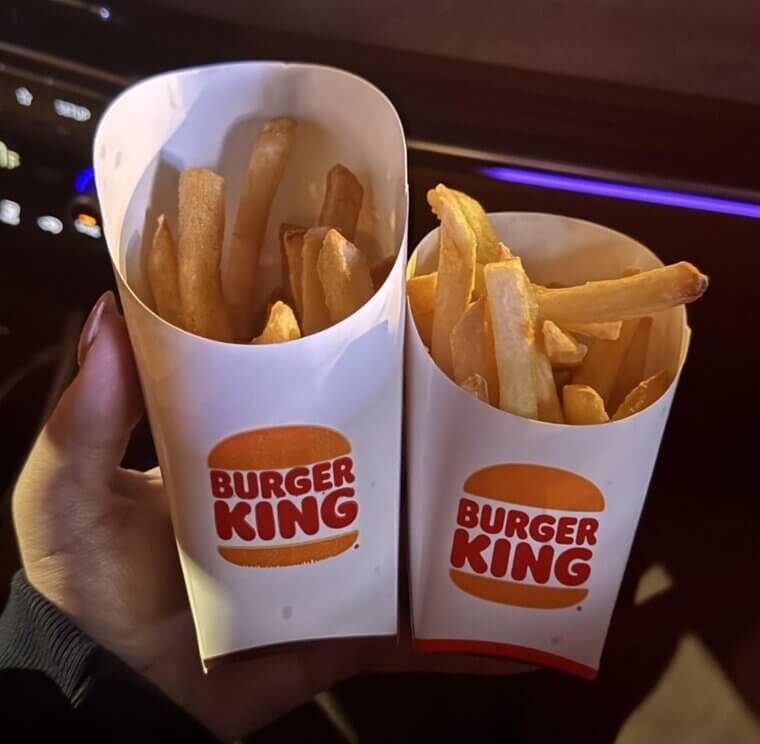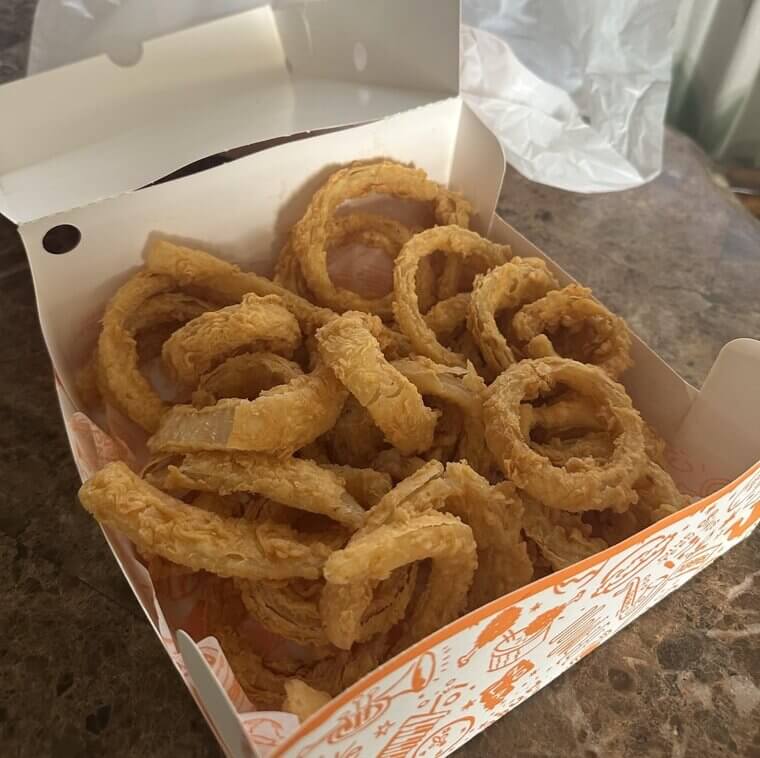Grilled Chicken Sandwiches
Grilled chicken sounds healthier than fried options, but fast food kitchens rely heavily on pre marinated frozen patties that are reheated on flat tops. These patties often contain fillers and flavor enhancers that make them tender, but not in a natural way. The grill marks you see are usually embossed onto the chicken before it arrives at the restaurant. The patties come partially cooked, then heated quickly, which means they are never truly grilled in the traditional sense. During slow service times, staff may keep them in warming drawers and reuse them across several orders. Many older diners expect real grilling when they order grilled chicken, but once they learn the truth, the sandwich feels more like a microwaved convenience item than a freshly prepared meal.
Soft Serve Ice Cream
Soft serve feels nostalgic, but once you learn how restaurants handle the machines, the charm fades fast. The base mix comes in large bags that sit in the machine for a long time, sometimes much longer than you might expect. The real shock for many people is that the machines require an intense cleaning routine that some locations do not keep up with. When cleaning is skipped, old residue inside the tubes can mix with fresh ice cream. The machine also warms slightly between batches, which can let bacteria grow if staff do not monitor it closely. What feels like a simple treat comes from a complicated system that is only as clean as the last shift that handled it. Older diners who remember hand scooped ice cream often say soft serve tastes a little less magical once they learn how rarely some machines are taken apart and washed correctly.
Chicken Nuggets
Many people think chicken nuggets are made from small pieces of breast meat, but the truth behind the scenes is far less charming. Fast food kitchens receive bags of frozen nugget shapes that look the same in every chain. These pieces thaw, fry, sit under warming lights, and are refried if they get too soft, a process known quietly as refreshing. The breading absorbs old oil, especially late in the day when the fryer has been running for hours. Some locations batch cook large amounts to survive busy rush periods, meaning your nugget may not be as fresh as you hope. Once you learn how often nuggets are refried or held for long periods, it becomes harder to enjoy them with the same carefree joy. For many older diners, nuggets lose a bit of their comfort when they realize they are more processed and reheated than they ever imagined.
French Fries
French fries are beloved, but once you learn how restaurants prepare them, some of that magic fades. Fries usually arrive at the restaurant already par cooked and frozen, coated in starches and preservatives to keep them crisp. During slow periods, restaurants drop fries back into the oil for a second fry to revive them, which creates that oddly crunchy but hollow texture. The oil used for frying is often kept for long stretches, and while managers are supposed to replace it regularly, some locations stretch it further to save money. Old oil changes the flavor and adds a heavy aftertaste. Many older customers find that the fries they used to love taste different today, and once they learn how often fries are reworked throughout the day, they understand why. What seems like a fresh basket often took a long and oily journey before reaching the tray.
Fast Food Eggs
Older customers often assume a breakfast sandwich contains a freshly cracked egg, but that is rarely the case. Many chains use liquid egg mixtures poured into ring molds, or frozen pre shaped egg patties that are reheated on a steamer or microwave. These patties stack neatly in boxes and look identical, which is the point. Restaurants store cooked eggs in trays for long periods, refreshing them with steam when they look dry. Once you learn that the fluffy scramble or folded omelet on your sandwich started as a mix in a carton, the charm wears off quickly. The convenience makes sense for busy chains, but it also removes the homemade feeling many older diners associate with breakfast.
Burrito Meat
Fast food burritos smell comforting, but the fillings often come from large bags of pre cooked meat reheated in hot water baths. These bags sit in warming bins for hours and are stirred occasionally to keep them from settling. The seasoning blends mask how long the meat has been held, and most locations refill trays before emptying them completely. This means older meat can remain at the bottom. Once you know that your burrito filling is not cooked onsite, the hearty flavor feels less impressive. Many older diners grew up with slow cooked stews prepared in kitchens, not mass produced mixes reheated in bags. The comparison makes the fast food version lose some of its appeal.
Onion Rings
Onion rings seem simple, but many fast food versions are made from minced onion mush formed into perfect circles. Very few chains use actual whole onion slices. The rings arrive frozen, coated, heavily seasoned, and ready for frying. They also absorb oil fast because the batter is designed to crisp quickly. During busy hours, workers fry large batches and hold them under heat lamps. Once onion rings sit, they lose crispness, so staff sometimes refry them to bring back the crunch. This double frying gives them a greasy texture that many older diners find heavy. Once you learn they are more processed than they appear, the nostalgic appeal of onion rings takes a noticeable hit.
Chili and Soups
Chili and soup at fast food restaurants seem hearty, but the preparation often surprises people. These items typically arrive frozen in plastic bags and get reheated in large pots of simmering water. Once heated, the bags are cut open and poured into holding containers where they may sit for long periods. To avoid waste, some locations combine older batches with fresh ones. The spices are strong enough to hide age, which is why the taste is usually consistent. For older diners who grew up with homemade soup simmering on the stove, learning that restaurant chili often comes from bags makes it feel far less special.
Pancakes
Pancakes sold at fast food chains are usually premade, frozen, and reheated on demand. Staff warm them in stack form, which makes them soft but also slightly rubbery. The syrup, often made from corn syrup blends, is designed to mask any loss of freshness. While pancakes feel nostalgic for many older customers, the restaurant version offers none of the homemade charm. Once you learn they arrive frozen in sealed stacks, the magic fades. They are convenient and consistent, but not truly cooked onsite.
Mashed Potatoes
Mashed potatoes from fast food restaurants may seem like comfort food, but many chains use dehydrated potato flakes mixed with hot water and seasoning. Staff whisk the mixture until smooth and hold it in warmers for hours. Some locations stir in margarine or powdered dairy to give the illusion of richness. For older diners who grew up peeling and boiling potatoes at home, learning that fast food mashed potatoes start as powder makes the dish lose much of its nostalgic value. The flavor can be satisfying in the moment, but the preparation is far from the homemade version people remember.










